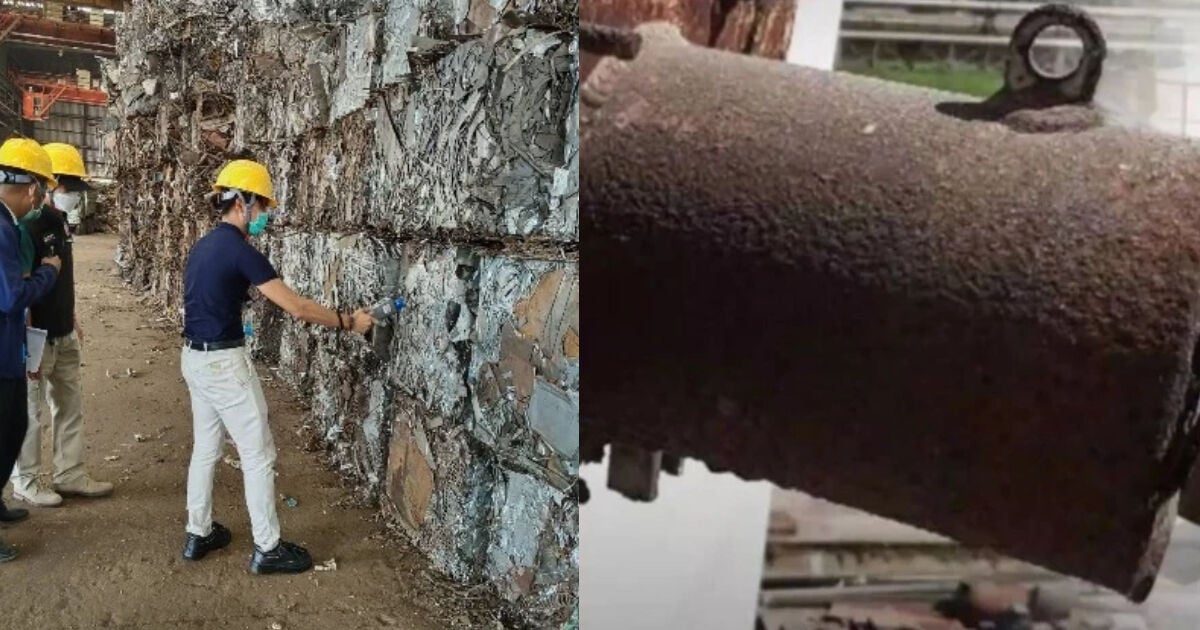Recovered Caesium-137 cannister ‘not a threat to local Thai produce’

Thai officials say the recently recovered Caesium-137 canister is not a threat to local produce, despite it being smelted. The concerns over the effects of the tube’s radioactive properties were raised as contaminated furnace dust was discovered at a steel plant in Prachin Buri’s Kabin Buri district this week.
Out of fear, customers cancelled purchase orders of fruit from the province, despite authorities insisting that no contamination had been detected within a 5 kilometre radius of the factory.
According to the Bangkok Post, Agriculture and Cooperatives Minister Chalermchai Sri-on said checks for radioactive substances in such products found that radiation levels did not exceed safety limits.
He furthered that those local products were 100% safe to eat and that the ministry would work closely with state agencies to further test radiation levels.
The Office of Atoms for Peace also administered 70 devices to measure radioactivity in communities within a 5 kilometre radius of the steel melting factory.
OAP staff were also sent to test soil and water samples near the Hat Nang Kaew tambon administrative organisation for contamination. They also agreed to test residents who were concerned about being exposed.
A senior radiation physicist at the OAP says the plant was shut down to guarantee that it was free of contamination. He says only trucks are permitted to enter the factory’s compound to drop off metal scraps.
The caesium-137 cylinder went missing from a National Power Plant 5A Company facility at 304 Industrial Park on February 23, but no one reported the incident until March 10.
Authorities searched frantically for days until they found radiated red dust at the steel plant that was believed to be the remains of the missing canister.
Whether the caesium-137 will cause health problems like cancer depends on whether any radioactive soot escaped into the atmosphere during the smelting process or afterwards. Officials and scholars seem to disagree on the likelihood of this.
Officials say that caesium-137 didn’t leak into the atmosphere because it was melted into soot in a “closed melting system,” reports Thai PBS World.
However, Dr Sonthi Kochawat – an environmental health expert – wrote a concerning post on Facebook called “Realities to be accepted to manage the smelted caesium-137.”
Sonthi explained that the scrap metal furnace that turned the caesium-137 into soot works by heating metals at up to 1200 degrees Celsius. He says that 90% of the metal is turned to soot, whereas 10% floats up to the chimney and is released into the atmosphere.
The caesium-137 soot that escaped the chimney into the atmosphere would contaminate soil, surface water and groundwater in the area, said Dr Sonthi.
No more information has been published regarding the potential health effects of the radioactive material as of yet.
Latest Thailand News
Follow The Thaiger on Google News:


























